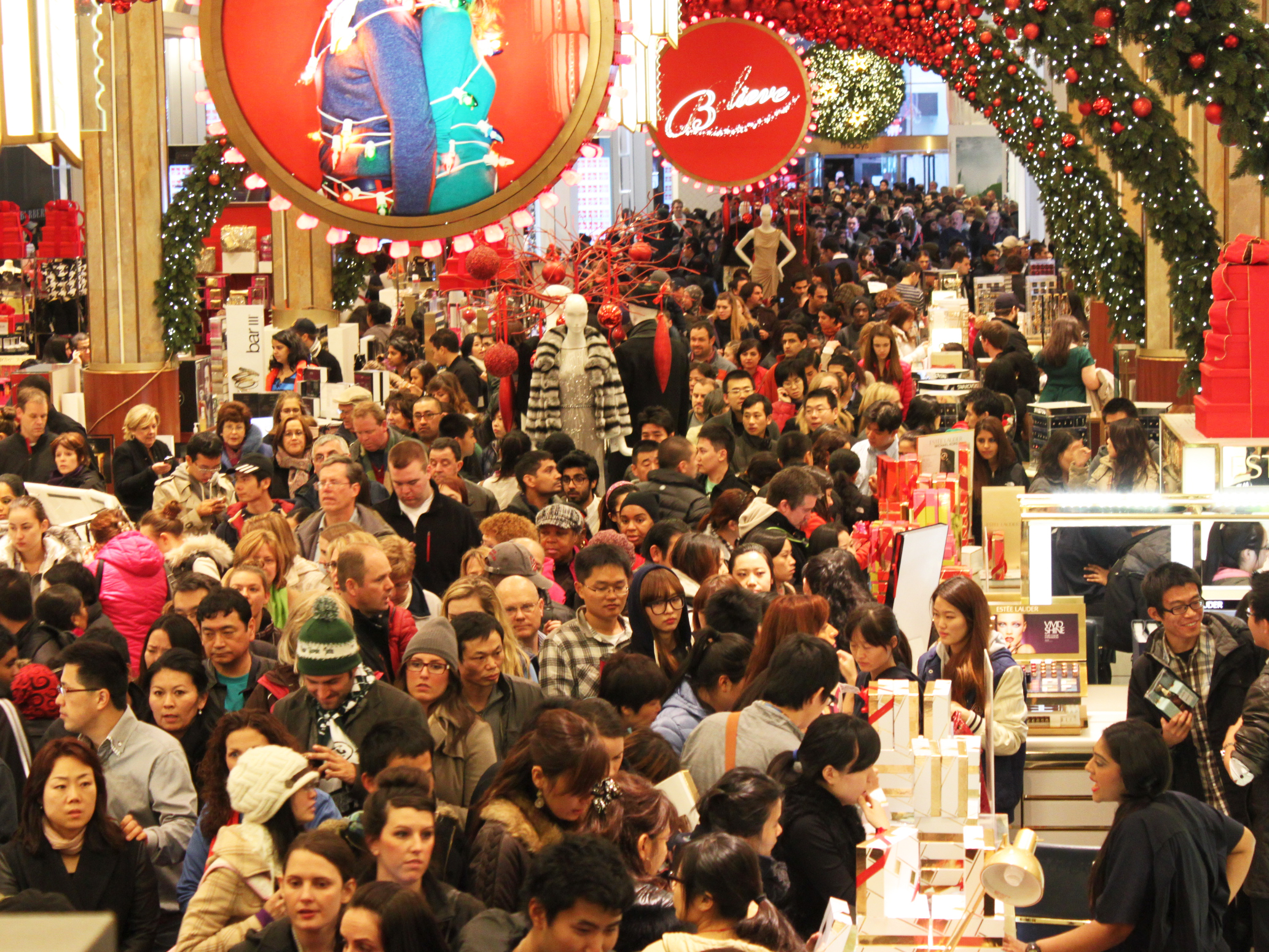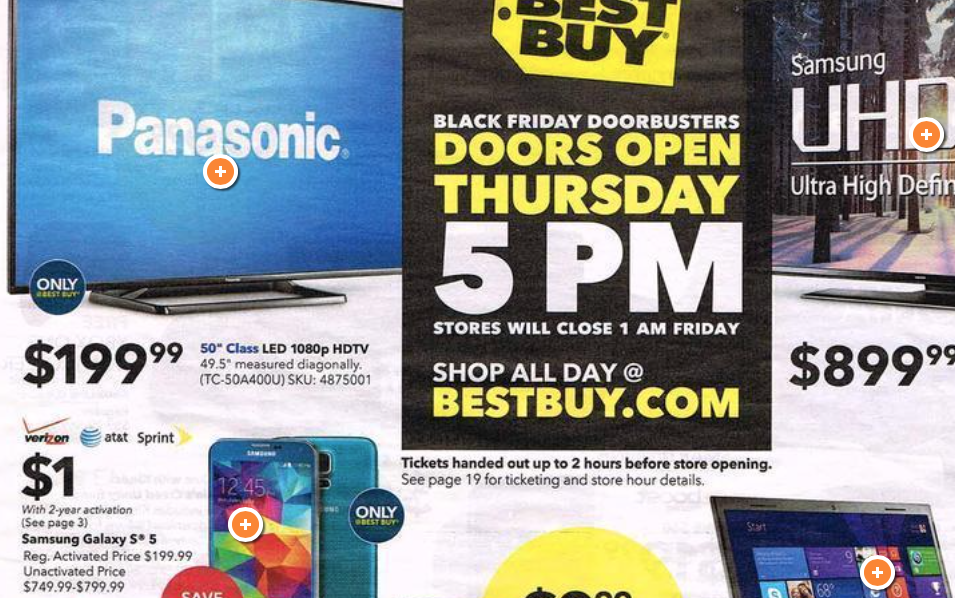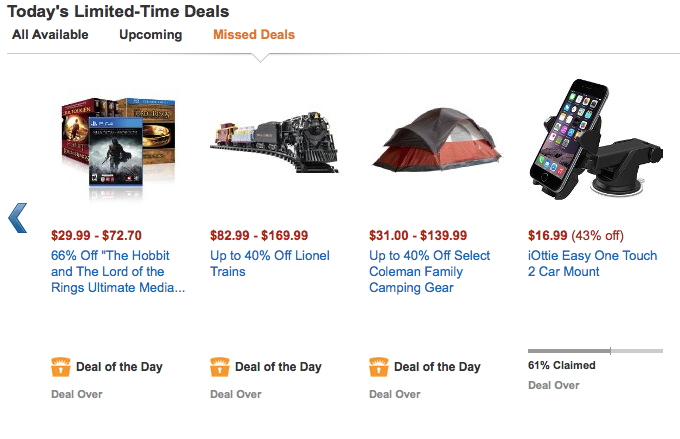It’s that time of year again. Thanksgiving is tomorrow, which means we are now less than 48 hours away from Black Friday. On this day, thousands of retailers will be hosting flash sales in an effort to lure customers into their stores. Some even plan on starting their promotions tomorrow, and others have already begun.
For many people, the whole thing is execrable—unruly shoppers standing in long lines just to save a measly couple of dollars on useless items—but it doesn’t have to be. If you know what to look for, you can actually save good money on good products, and in many cases avoid the crowds.
Where to look
Growing up, I can remember spending Thanksgiving afternoons looking at the extra-large daily newspaper filled with Black Friday circulars from Best Buy and other retailers. Now, all you have to do is hop online to see what discounts will be available on Black Friday, as there are dozens of websites that post BF ads from all of the major retail chains—many of them several weeks in advance.
I tend to use BlackFriday.com or BFAds, as they do a great job of not only posting Black Friday ads, but also making them easy to sift through. You can choose to look at the ads page by page, or you can perform a search for a specific item number or type of product. It doesn’t matter if you know exactly what you’re looking for, or you just want to browse around, this is where you start.
From there you can visit individual retailer websites, as they typically showcase their best deals on their home pages, and industry-specific websites like iDB. Since we keep track of Apple products and pricing, we tend to highlight stores that are offering notable discounts on things like iPhones, iPads and Macs, and this is the case with many other tech and review sites.
Deal or no deal?
So now that you know how to look for deals, what do you do when you find one? The first thing you want to do is make sure it’s actually a deal. According to a recent study from NerdWallet, 93% of Black Friday promotions aren’t worth getting up for. I think that’s a little extreme, but the concept is correct. Retailers can’t just take 50% off of all of their top-selling products—they’d go bankrupt—so they’ve come up with a few tricks to pad the numbers.
One of the most common tricks is selling older products with current pricing shown in the discounting. You’ll see this a lot with iPads and other electronics: “Get this 16GB Wi-Fi iPad with Retina display (third generation model) for $349, a savings of $150,” but in reality we know that this model of iPad hasn’t sold for $500 in a long time. There’s a similar ruse with jewelry, where retailers will quote a ridiculously high MSRP (manufacturer’s suggested retail price) to make the discount seem larger than it really is.
Another thing to watch out for is “limited time” products. These are items—typically electronics—that popup around Black Friday at what seem like impossibly-low prices. For example, you may see Best Buy and other retailers selling a 50-inch Panasonic 1080p HDTV for $199 this year. Chances are the TV is either made up of old, recycled parts or is missing significant features—manufacturers love to produce these kinds of products around this time of year because…people will buy them. This also happens a lot with DSLR cameras—watch out for the Cannon EOS T5 Rebel, it’s not the same thing as the T5i.
The best way to avoid getting a dud on Black Friday is to, believe it or not, Google it. Find the model number of the discounted item you’re interested in and Google it along with the manufacturer’s name. This should return shopping results from other stores and review results from sites like CNET, giving you a good idea of how old the product is and if users are happy with it (I always like to search on Amazon as well, as they have one of the most active product review sections on the web). If it’s a fairly recent product with good reviews, you’ve found yourself a deal.
Move quickly
And now that you’ve found a deal, it’s time to buy. Obviously, a lot of sales are embargoed until Black Friday, or whatever specific time the retailer sets, but just be ready to pull the trigger as soon as you can.
It’s important to move quickly with Black Friday sales for a few reasons, such as limited inventory. Whether you’re buying in-store or online, chances are the retailer has very little stock on hand of the item you want, so hesitating can cost you. To give you an idea of how short supply can be, many stores will hand out numbered tickets—similar to what you see at an iPhone launch—for popular deals so that late-comers won’t have to waste their time waiting.
Sales can also be time-limited, meaning the pricing could expire even if stock hasn’t been depleted. This is very common with e-retailers like Amazon, who runs hour-long Lightning deals and similar specials. I got bit by this recently at Best Buy, where the online pricing for a soundbar went up $150 on me over the course of a few hours.
Side note: You’ll notice that I haven’t talked much about waking up early to reserve your spot at the front of the line, as I don’t believe that’s necessary any more. Most retailers are matching their in-store Black Friday prices online this year—including doorbusters—so unless an ad specifically says an item is only available in-store, you shouldn’t have to leave your house.
Wrapping up
It may seem like there’s a lot of information here, but it can all be summed up with a few simple words: know where to look, what to look for and when to buy. Sure, Black Friday is full of misleading advertisements, long lines and other unpleasantries, but I think you’ll find that if you do a little research and show up prepared, you can save a notable amount of money on quality products.
Happy hunting.



